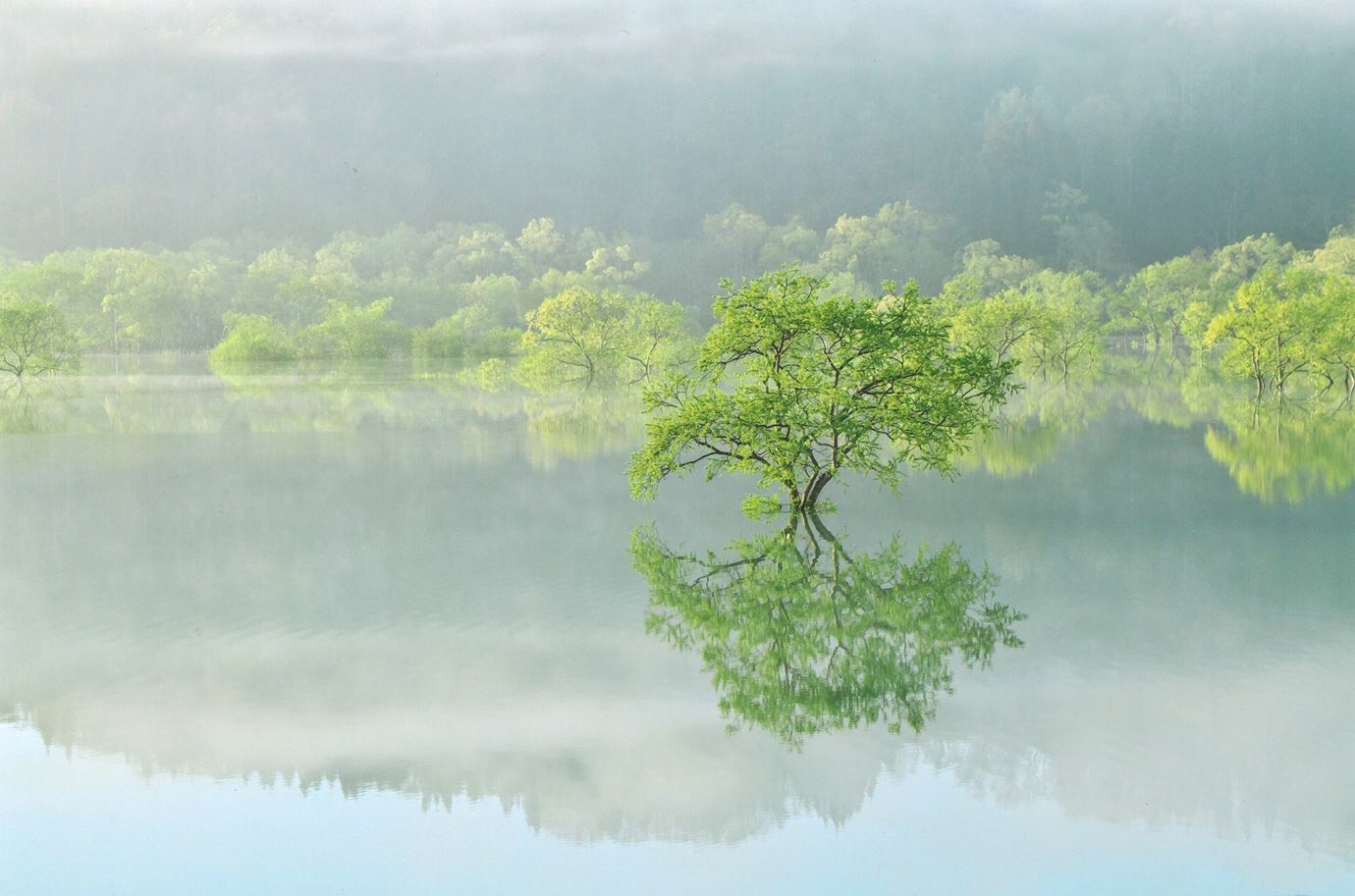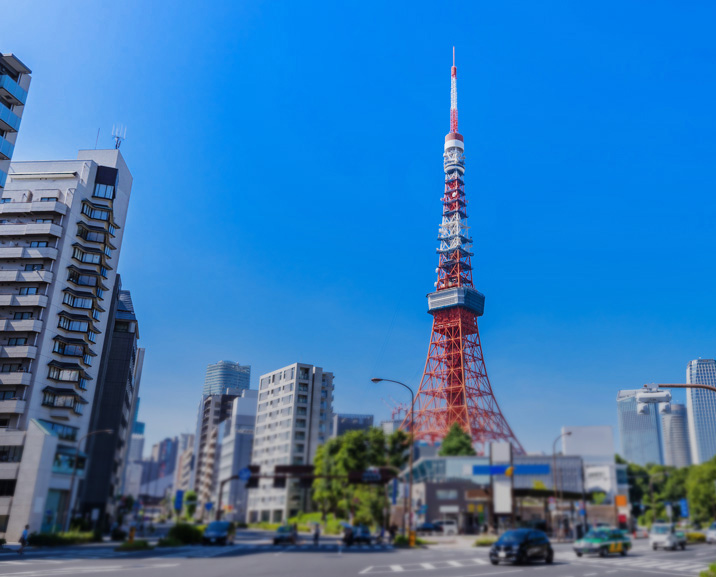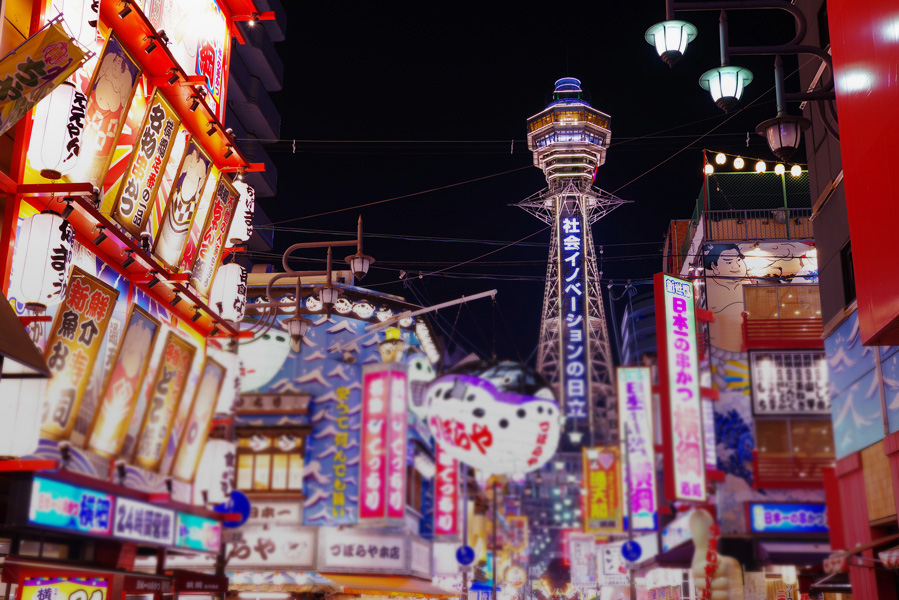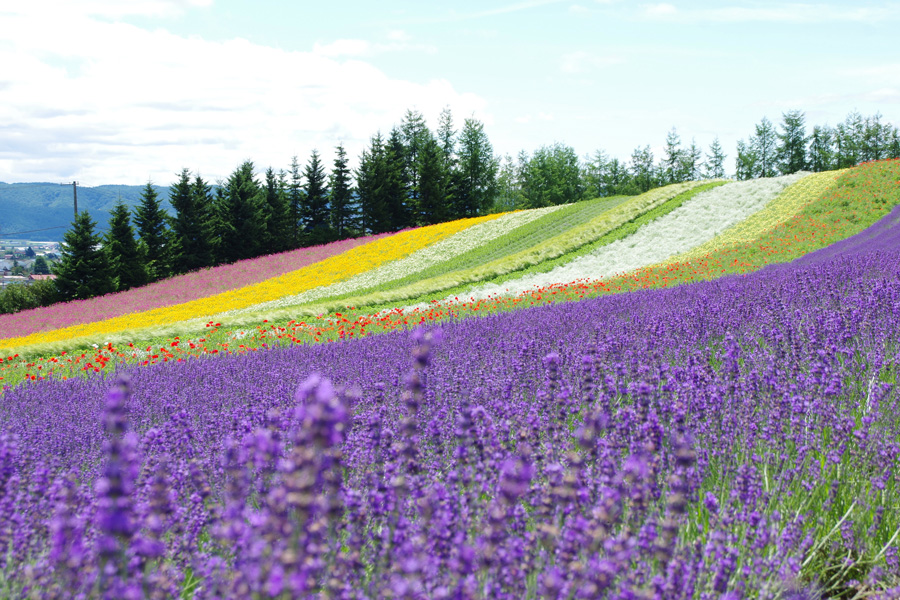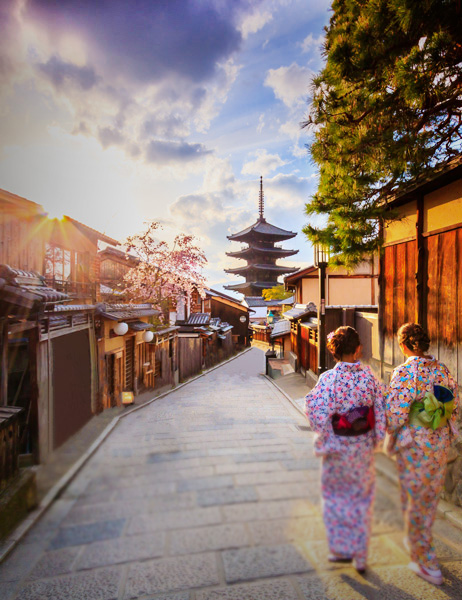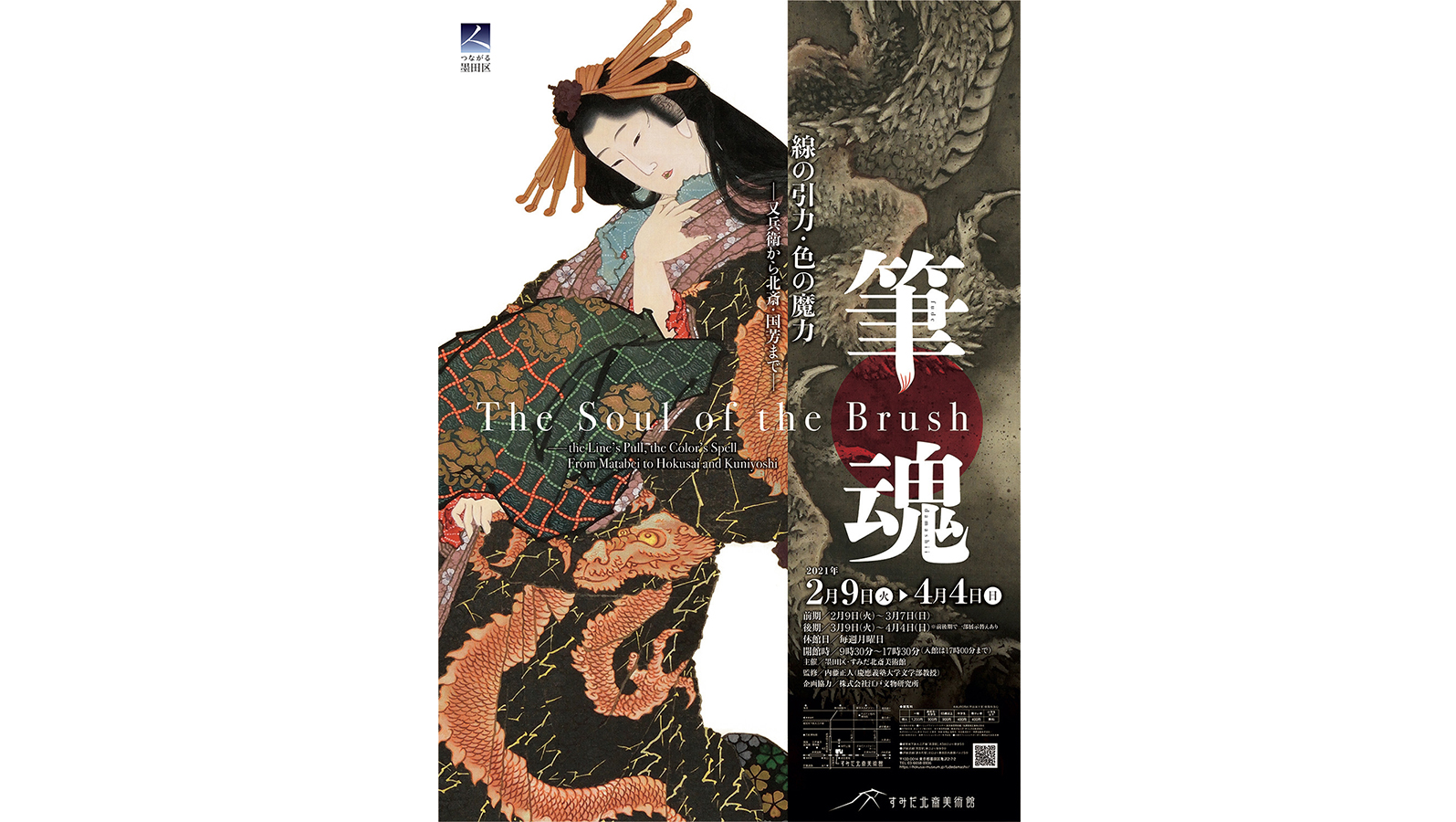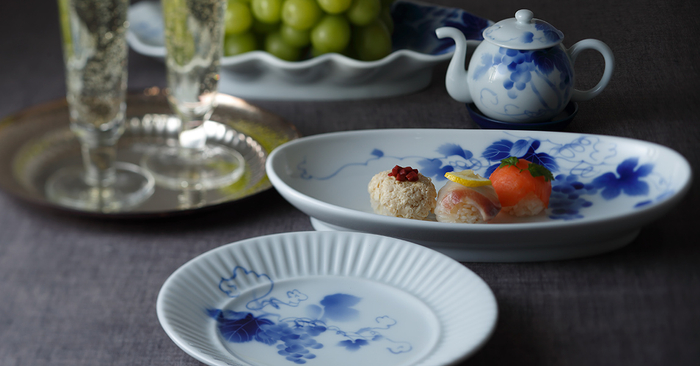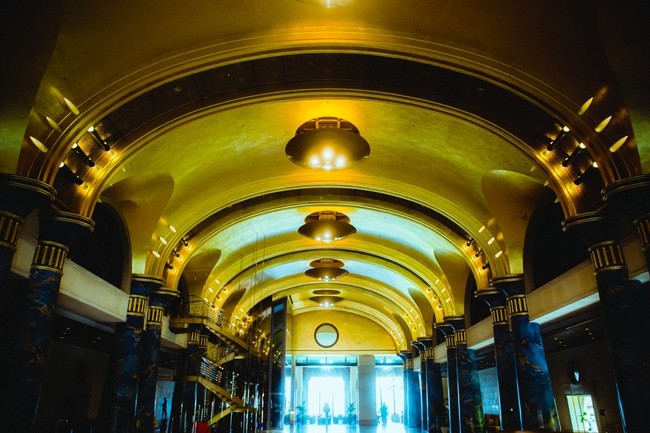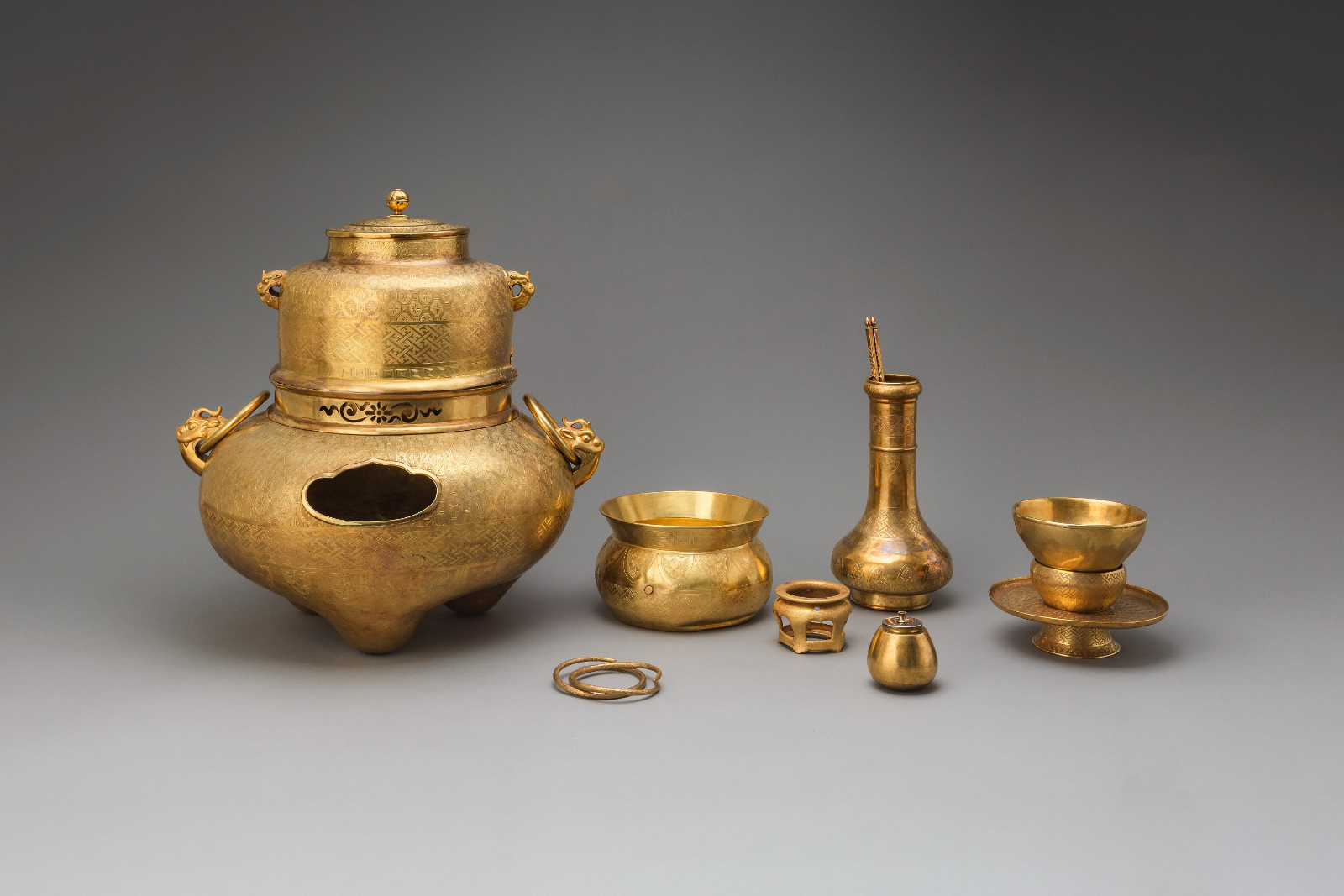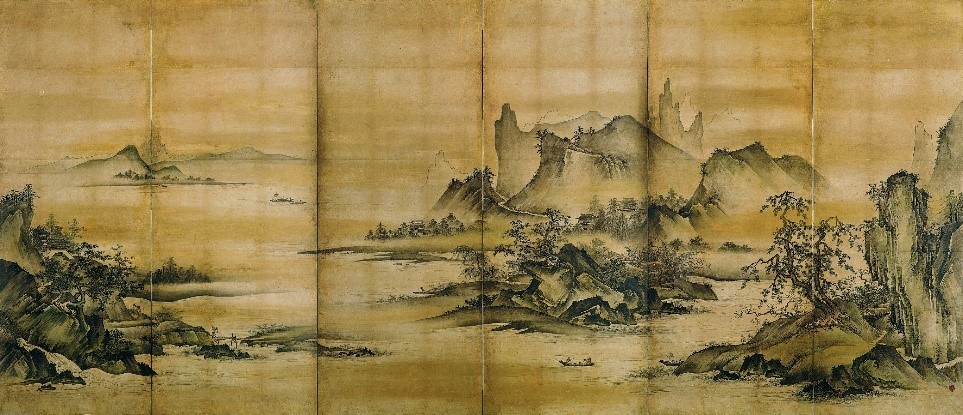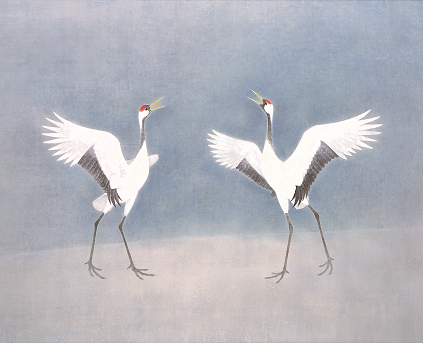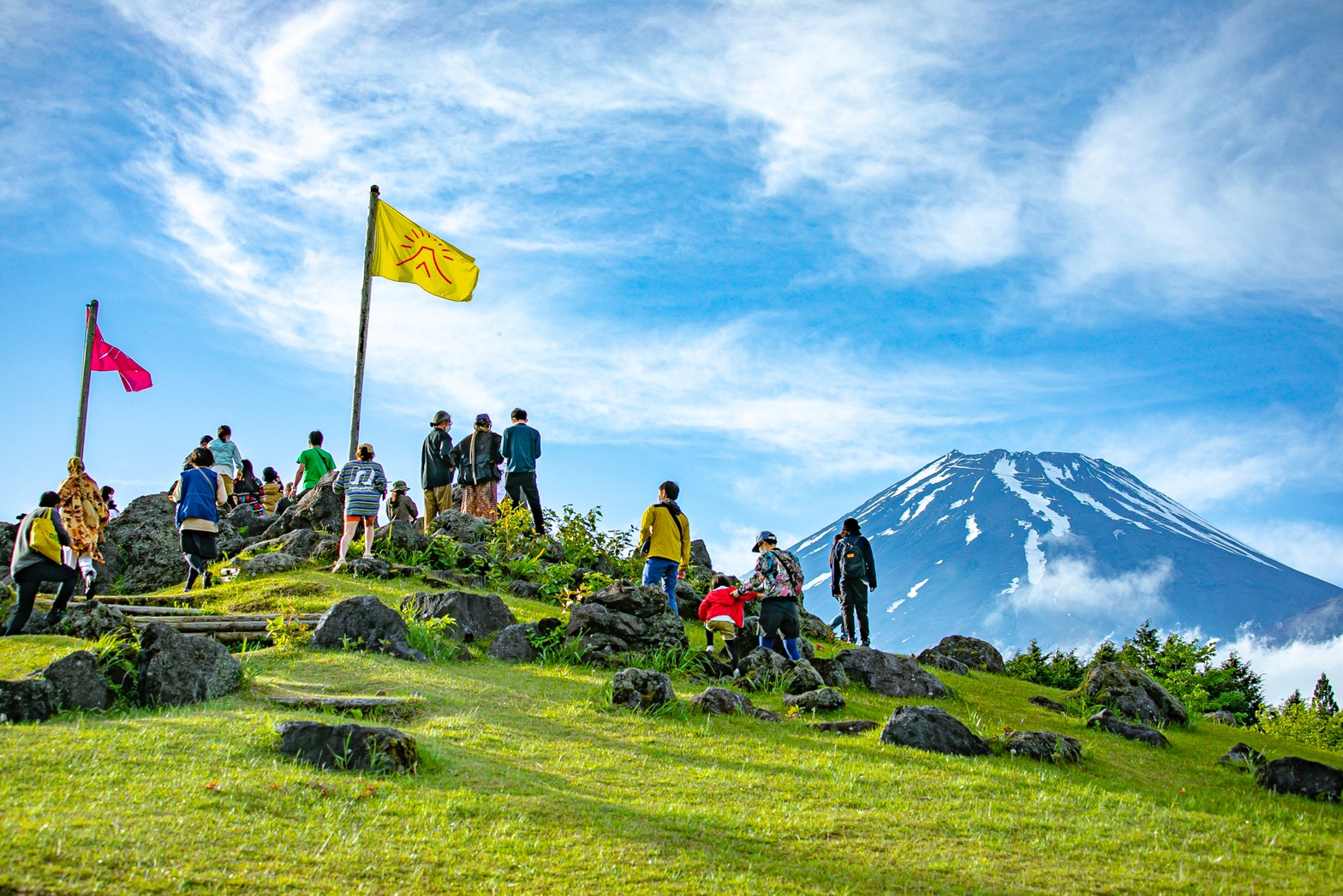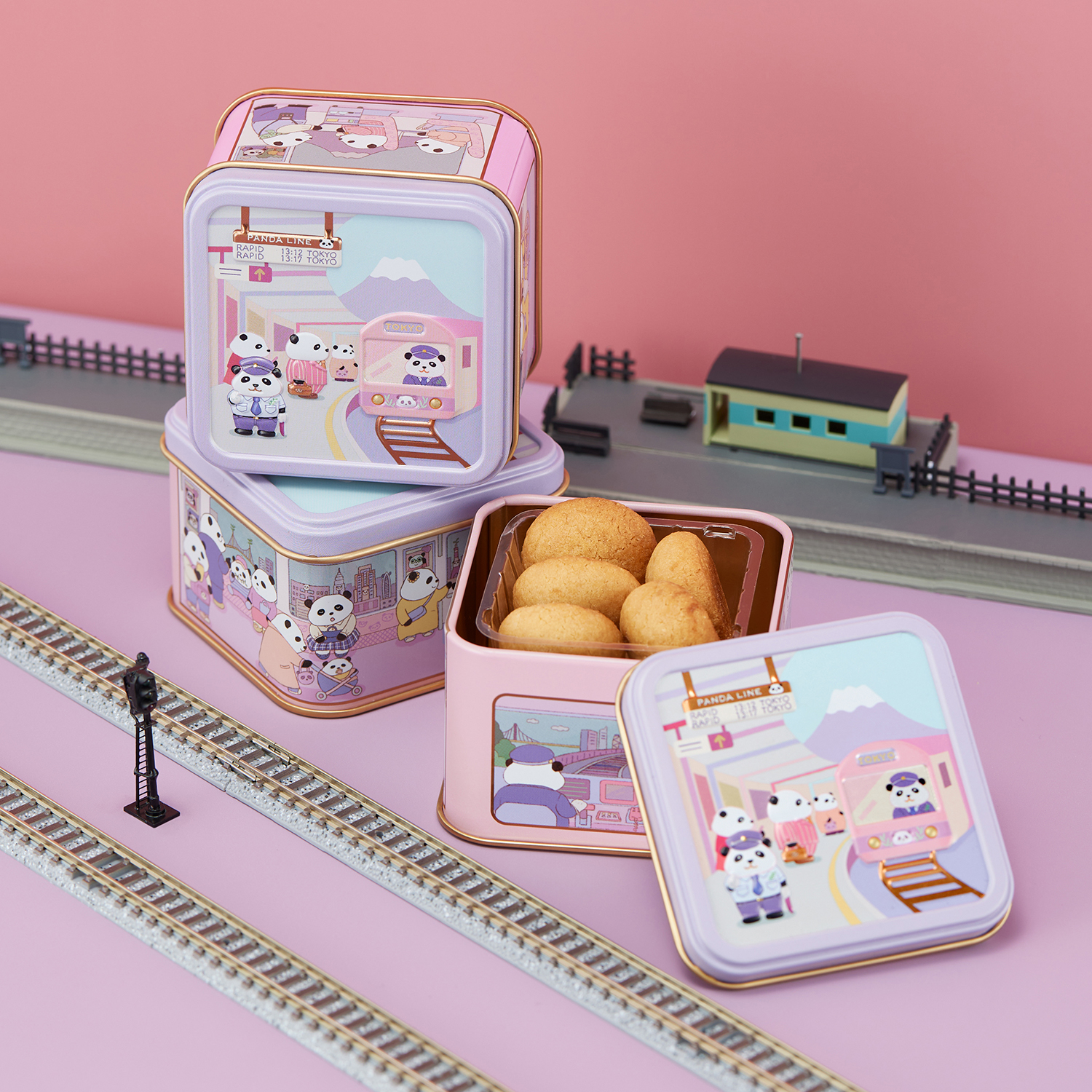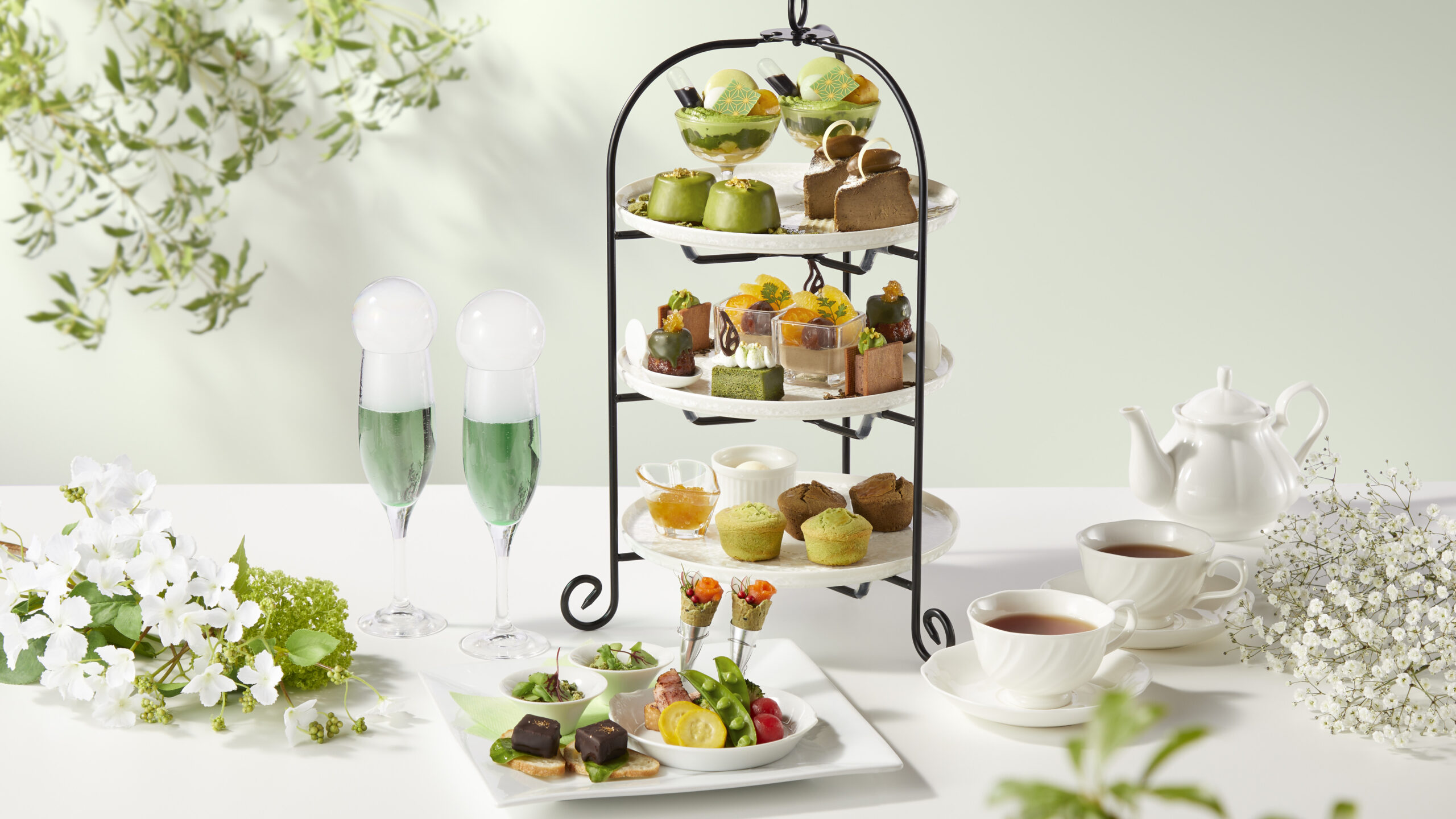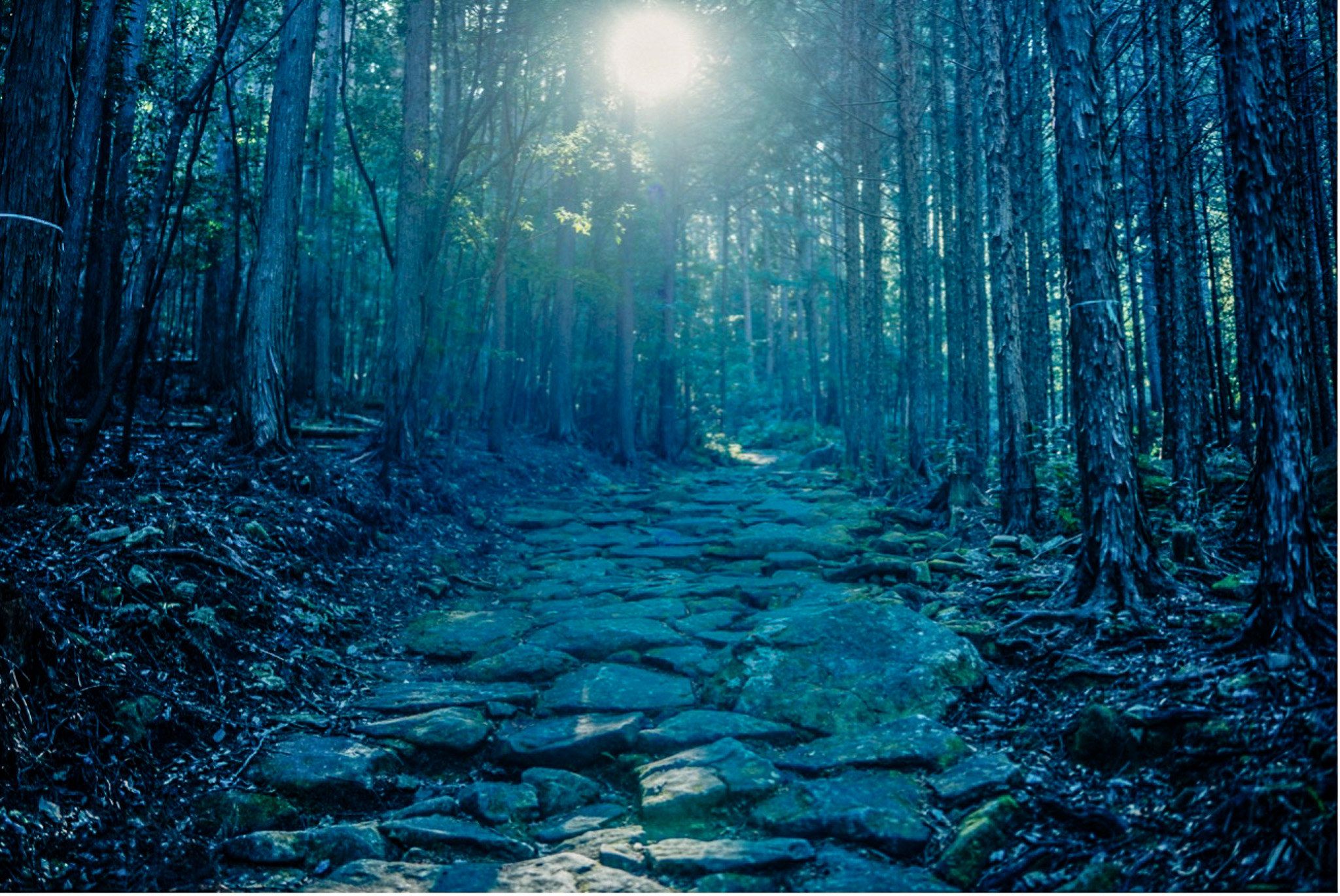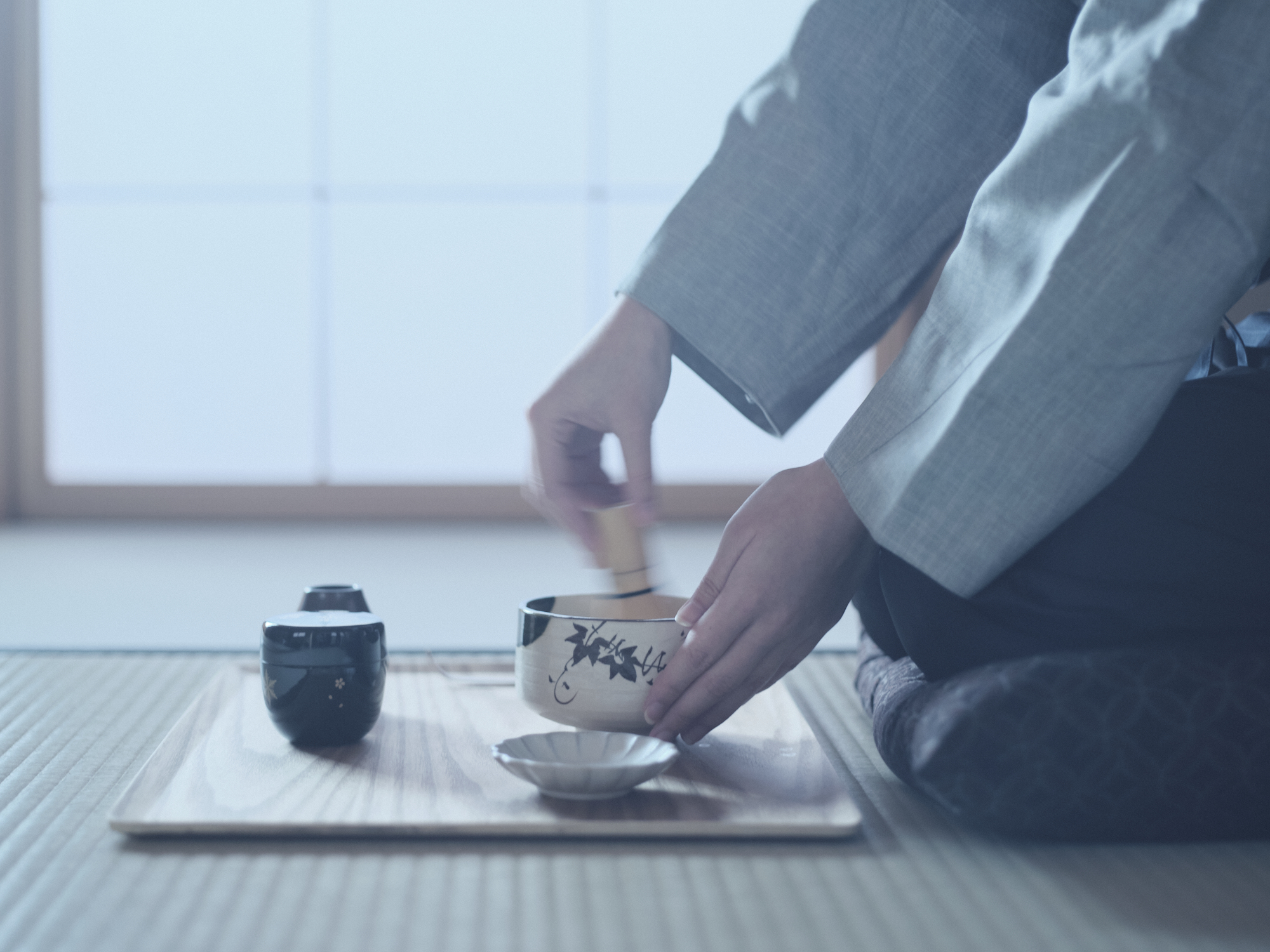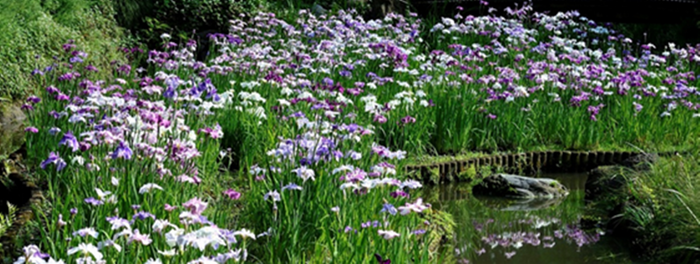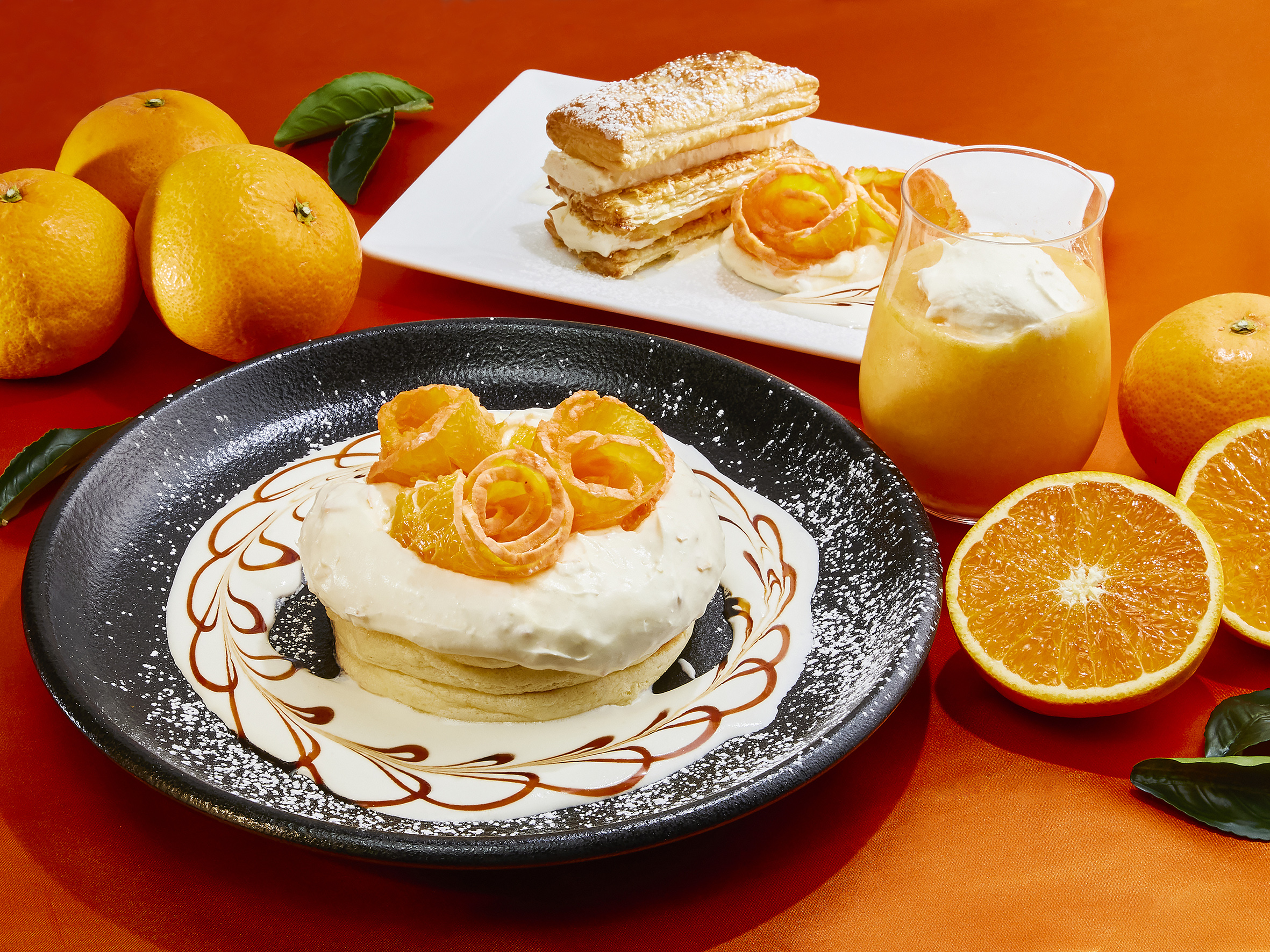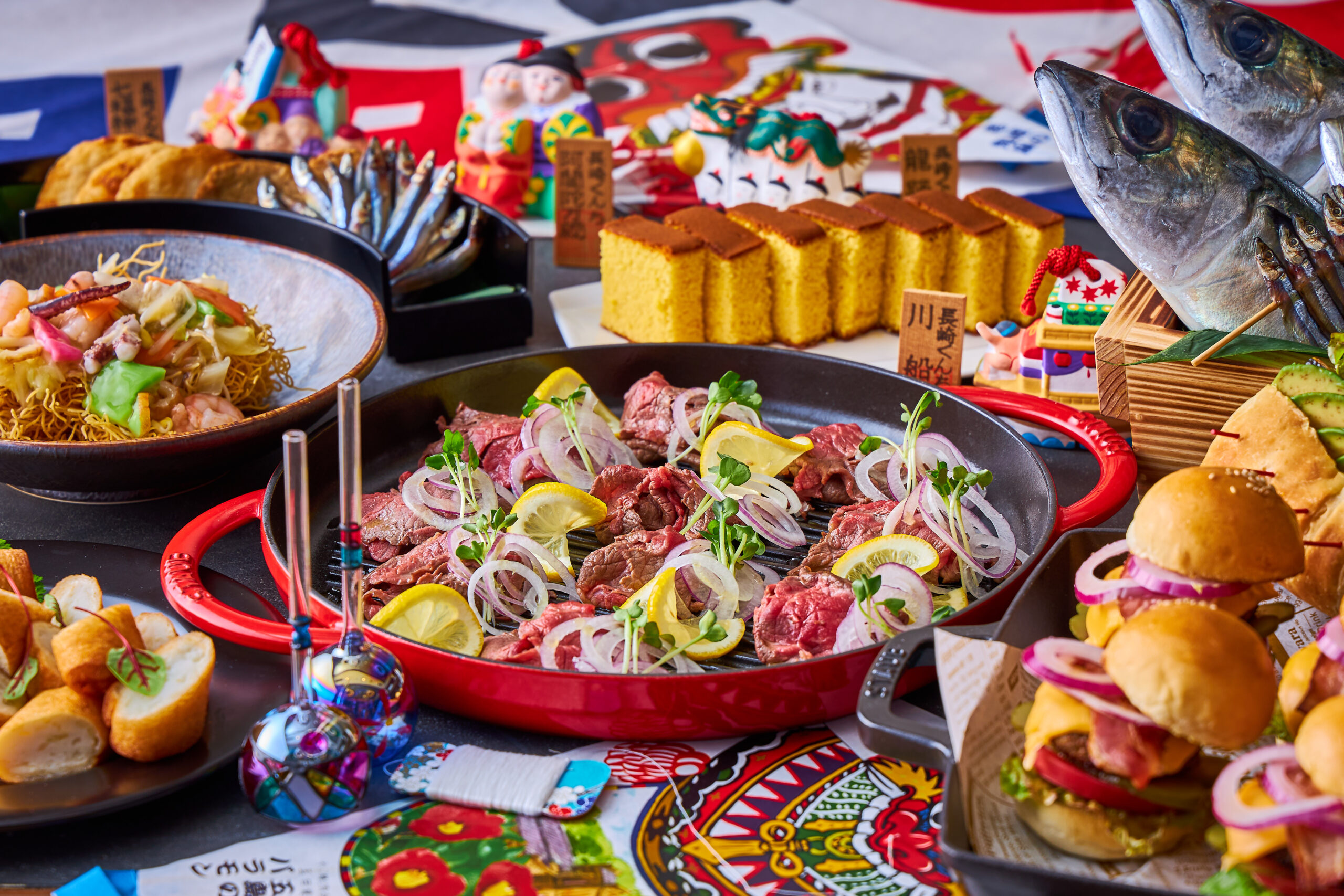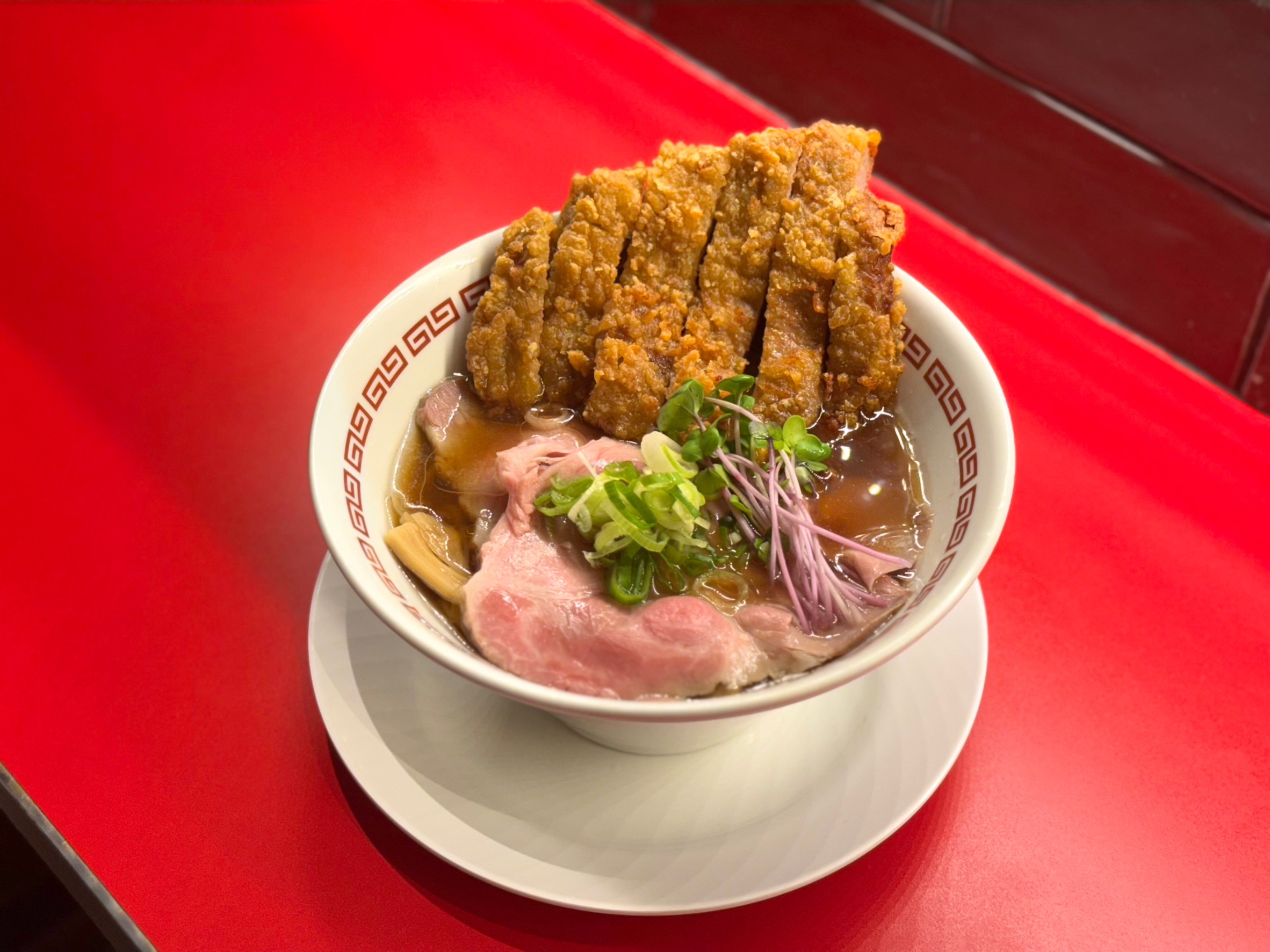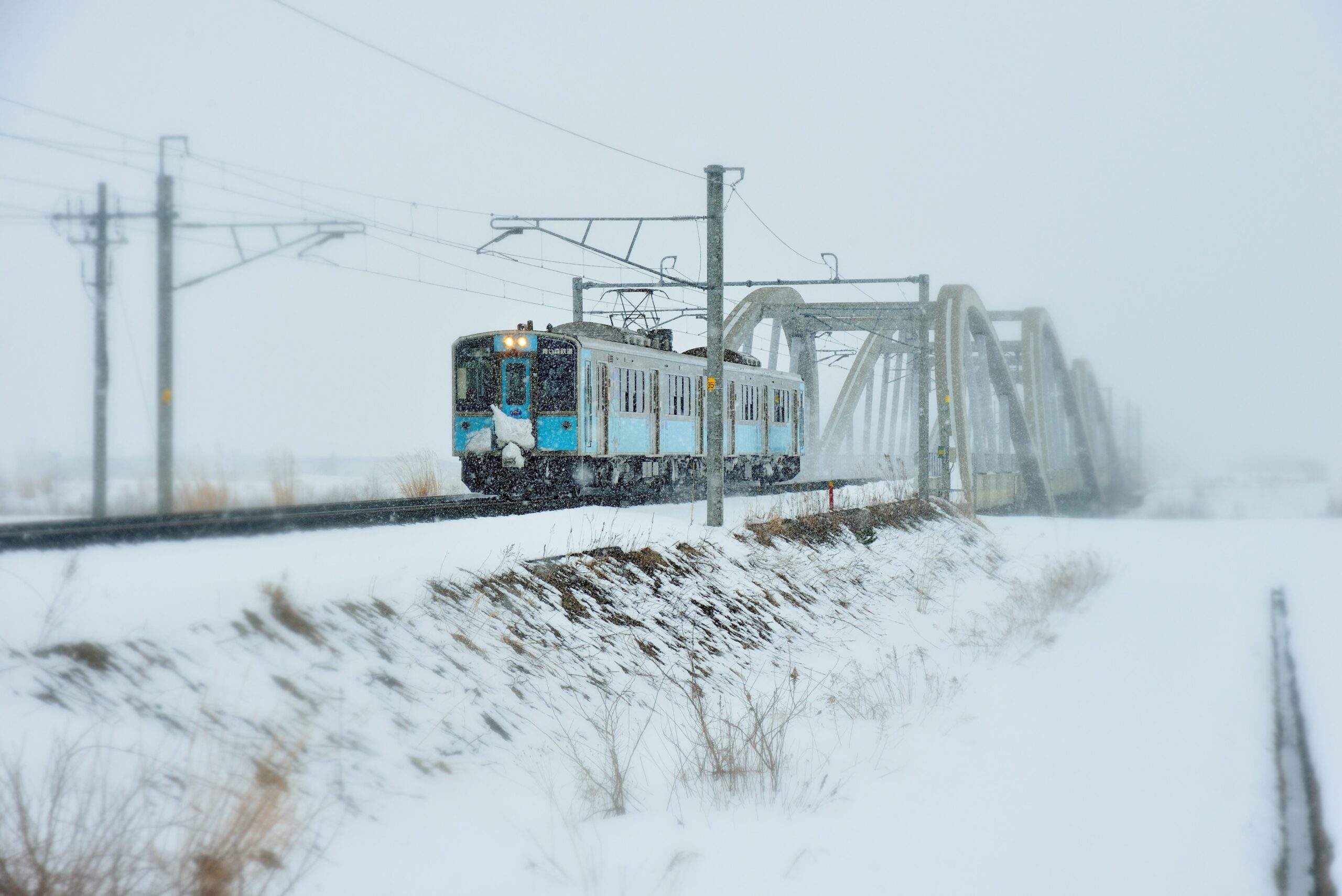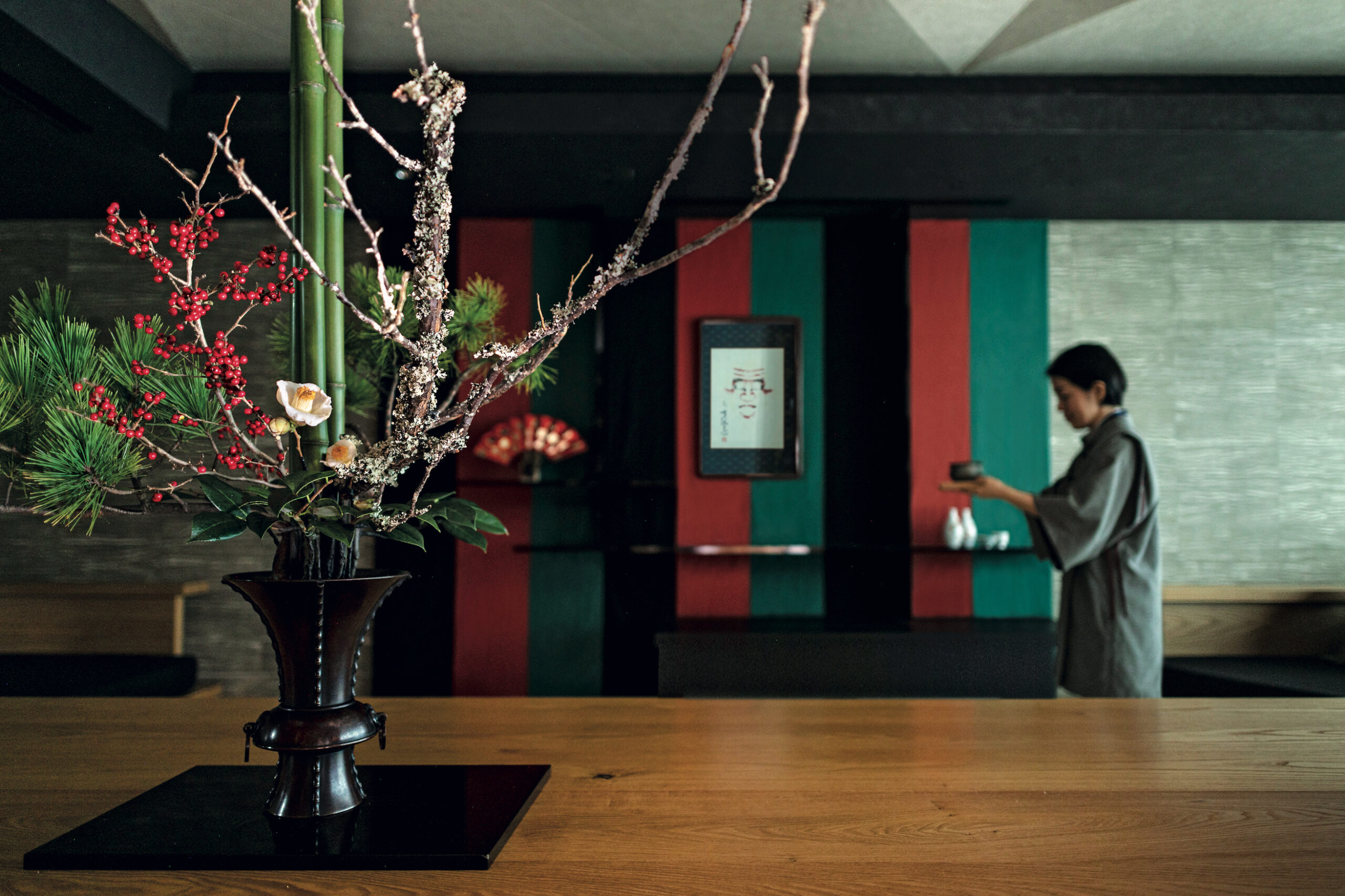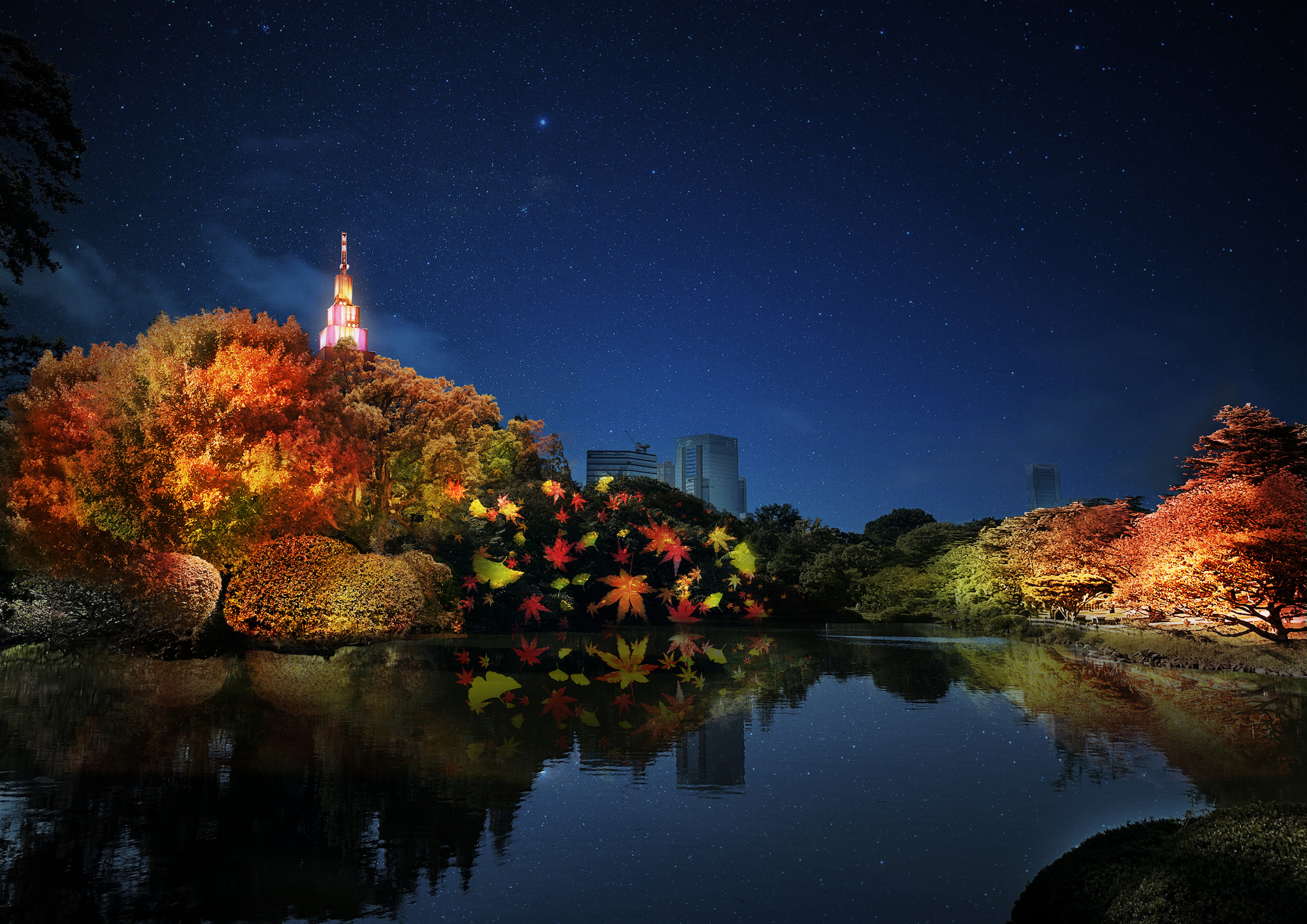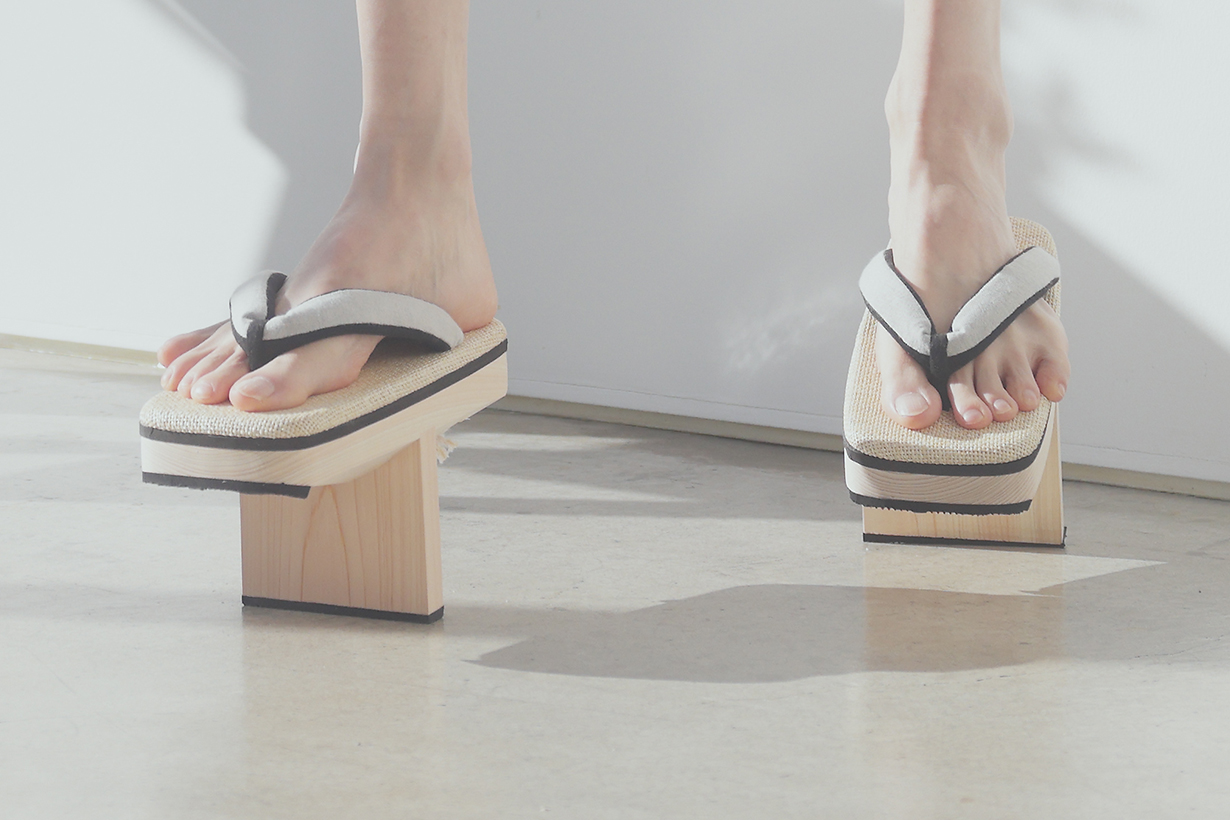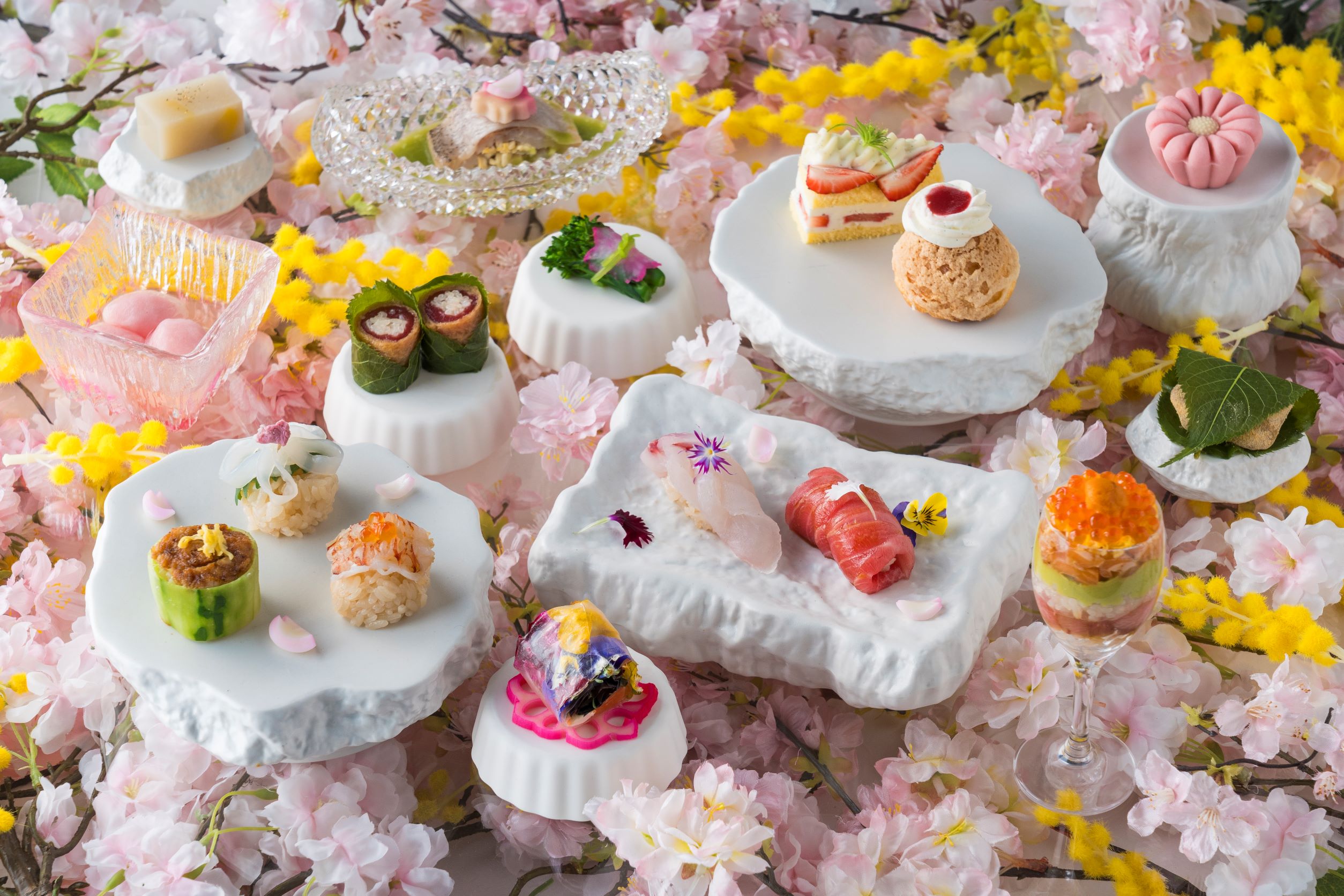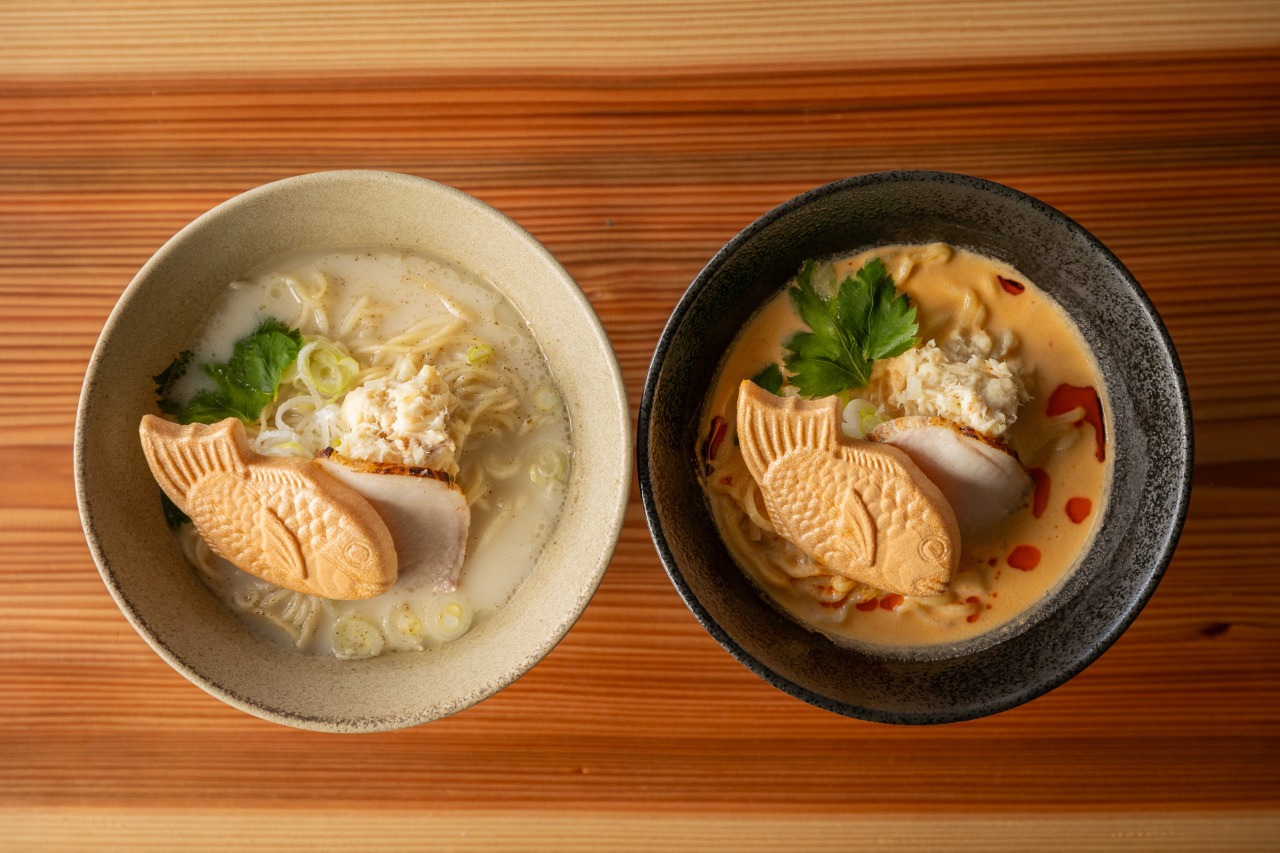Brush soul line attraction and color magic-from Matabei to Hokusai and Kuniyoshi-
| Session: |
February 9th (Tuesday) -April 4th (Sunday), 2021 * Some exhibitions will be changed
First term | February 9th (Tuesday) -March 7th (Sunday), 2021
Late | March 9th (Tuesday) -April 4th (Sunday), 2021 |
| Closed days: |
Every Monday |
| Opening hours: |
9: 30-17: 30 (admission until 17:00) |
| Organizer: |
Sumida Hokusai Museum of Art |
| Supervision: |
Masato Naito (Professor, Faculty of Letters, Keio University) |
| Planning cooperation: |
Edo Cultural Research Institute Co., Ltd.
|
| Contact: |
03-6658-8936 (9: 30-17: 30 * Excluding closed days) |
> Official site
Admission fee (individual)
・General: 1,200 yen
・High school / university students: 900 yen
・65 years and over: 900 yen
・Junior high school students: 400 yen
・Persons with disabilities: 400 yen
・Elementary school students and younger: Free
* Group visits will not be accepted for the time being.
* You can also see AURORA (permanent exhibition room) only on the day of viewing during the exhibition period.
[Exhibition outline] The soul of the painter in the brush
Ukiyo-e is associated with prints, but the one-of-a-kind hand-painted paintings that the painter used to paint are older, and you can directly feel the complicated and profound coloring technique and the brush strokes of the painter.
In this exhibition, about 125 hand-drawn paintings by 60 ukiyo-e artists such as Iwasa Matabei, the pioneer of ukiyo-e, Hishikawa Moronobu, the founder of ukiyo-e, Kamaru Kitagawa, Sharaku Toshusai, Hokusai Katsushika, and Kuniyoshi Utagawa will be exhibited. To do. This exhibition is full of highlights, including about 40 important cultural properties, important art objects, new discoveries, rediscoveries, and premier works.
Through the hand-painted paintings that are the origin of ukiyo-e, you can experience the history of ukiyo-e for 300 years, and enjoy the skillful drawing power of each artist, the magical power of color, and the soul of the brush.
[Composition and highlights] Only "handwriting" that feels the soul of the artist is gathered
“Meat” in a hand-painted drawing means “living body”, which means that the artist draws directly on paper or silk with a paintbrush, unlike ukiyo-e prints such as nishiki-e and surimono. This exhibition collects about 125 hand-painted ukiyo-e paintings, and the history of ukiyo-e is viewed in the following composition.
◆ Chapters ◆
Chapter 1 From the Dawn of Ukiyo-e to the Early 18th Century
Chapter 2 Prosperity of Ukiyo-e
Chapter 3 Both sleeves that color the end of the Edo period Katsushika school and Utagawa school
◆ Exhibition Ukiyo-e lineup (planned) ◆
Iwasa Matabei, Hishikawa Moronobu, Kogetsudo Yasutoshi, Miyagawa Nagaharu, Miyagawa Ichisho, Okumura Masanobu, Kawamata Tsuneyuki, Kawamata Tsuneyuki, Torii Kiyonaga, Isoda Lake Ryusai, Kunisada, Kitao Masanori, Katsukawa Shunsho, Katsukawa Haruyoshi, Ichiboshi Saibuncho, Nishikawa Sukenobu, Tsukioka Yukio, Gioni Toku, Toriyama Ishiyan, Kitagawa Kamaru, Toribunsai Eiyuki, Toshusai Sharaku, Utagawa Toyoharu, Utagawa Toyohiro, Utagawa Toyokuni, Utagawa Kunisada, Utagawa Hiroshige, Utagawa Kuniyoshi, Kikukawa Hideyama, Kisai Hideizumi, Katsushika Hokusai, Hosai Hokuma, Uoya Kitaki, Yasuda Raisu, and about 60 others
In addition, you can feel the brush strokes as the painters’ will go, the colors expressed by the faces and dots, and even the soul that the painters put into the brush through each hand-painted drawing.

▲ From the left, Iwasa Matabei “Folding Screen” (former Kanaya Folding Screen) [Important Cultural Property] (first half year) Collection of Fukui Fine Arts Museum, Chiba City Museum of Art Deposit, Iwasa Matabei “Houji Folding Screen” (former Kanaya Folding Screen ) [Important Art Object] (Late) Collection of Fukui Fine Arts Museum
The “Kanaya folding screen”, which was handed down to the Kanaya family, a wealthy merchant in Fukui, was a folding screen of six songs and one pair drawn by Iwasa Matabei, a pioneer of ukiyo-e, but is now stored as a hanging scroll. In this exhibition, two widths, “Futama Senzu” and “Houjishizu”, will be exhibited in the front and back periods. The exhibition of important cultural properties and important art objects is the first attempt at the Sumida Hokusai Museum of Art.
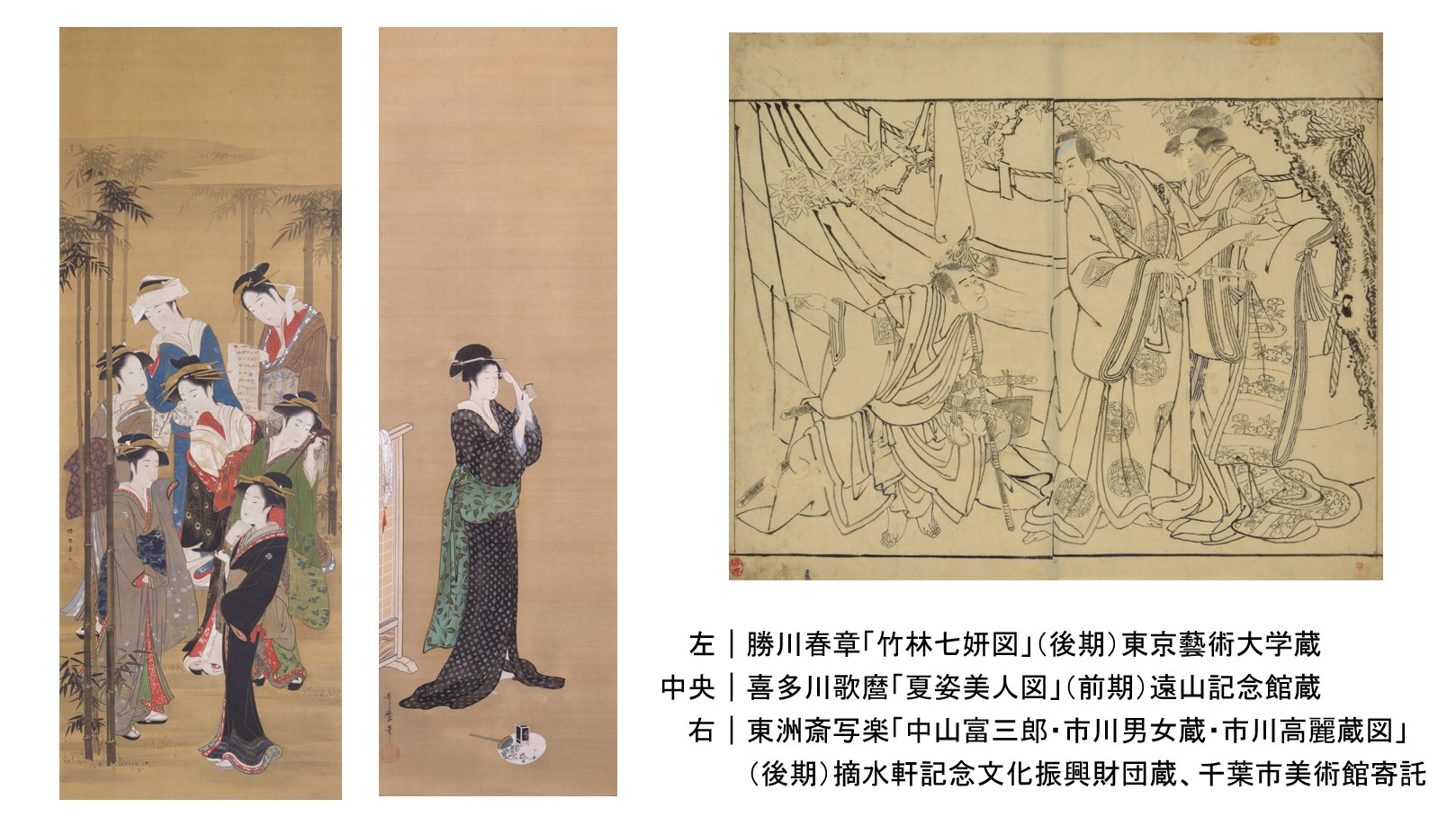
▲ From the left, Katsukawa Shunsho “Takebayashi Shichijozu” (late) Tokyo University of the Arts, Kitagawa Utamaro “Summer Beauty” (early) Toyama Memorial Museum, Sharaku Toshusai “Tomisaburo Nakayama, Men and Women Ichikawa, Goryeo Ichikawa” Figure “(Late) Deposited by Chiba City Museum of Art, owned by Shunshuken Memorial Cultural Promotion Foundation
Katsukawa Shunsho “Seven Bamboo Forests”
This is a masterpiece of Katsukawa Shunsho (Hokusai’s teacher), who is known for his excellent hand-drawn beauty paintings. Seven women are arranged in a circle, and their status and position are drawn according to their hairstyle and clothes. The glossy texture of women’s hair is expressed by layering glossy ink.
Utamaro Kitagawa “Summer Beauty Figure”
This is one of the masterpieces of Utamaro’s Kansei era (1789-1801), and depicts a woman wearing summer clothes wearing makeup. Underneath the black summer kimono, even a light blue undershirt that can be seen through is depicted.
Sharaku Toshusai “Tomisaburo Nakayama, Gender Ichikawa, Korai Ichikawa”
It is thought to be a sketch of a picture book depicting a scene from the stage by popular Kabuki actors, and is a valuable work that shows the brush strokes of Sharaku.
Many Hokusai handwritings!
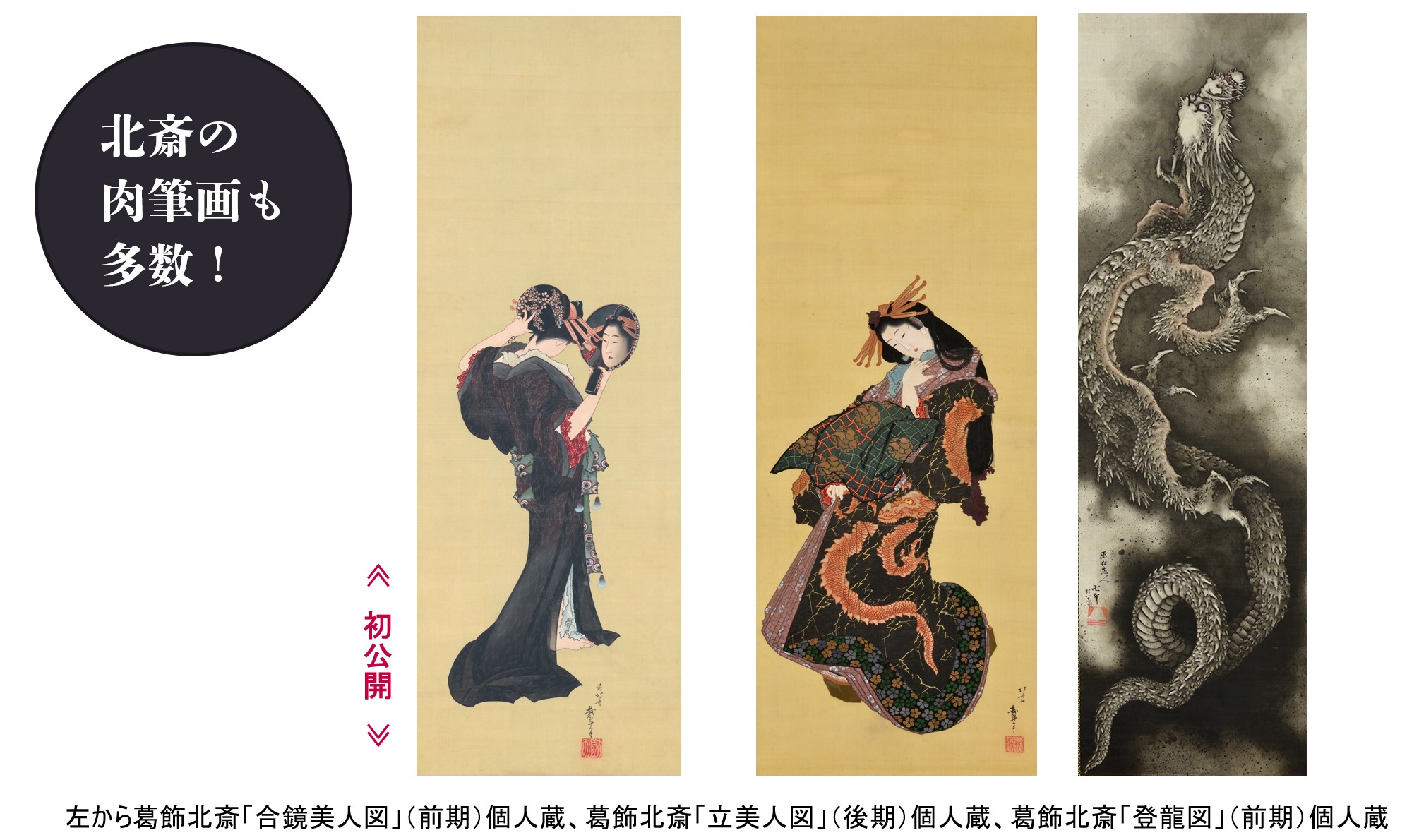
▲ From the left, Katsushika Hokusai “Gokyo Bijinzu” (first half) private collection, Katsushika Hokusai “Tachibijinzu” (second half) private collection, Katsushika Hokusai “Toryuzu” (first half) private collection
Among the ukiyo-e artists, Katsushika Hokusai has a large number of hand-drawn paintings. Hokusai absorbed various painting methods such as Japanese, Chinese and Western, and worked on a very wide range of subjects such as Japanese and Chinese classic legends, flora and fauna, and gods and Buddha. In this exhibition, you will be able to enjoy a large number of Hokusai hand-drawn works, such as newly discovered works that show the unexpected interaction between Hokusai and other painters, and works that have been unveiled for the first time.
Katsushika Hokusai “Gokyo Bijinzu”
It is a work that depicts a beautiful woman in the back who checks the condition of the mage by combining the two mirrors with both hands. This exhibition will be the first opportunity to show the real thing.
Chuo Katsushika Hokusai “Ritsubijinzu”
The figure depicts Yoshiwara Oiran wearing a luxurious kimono and high clogs along the way. It is a masterpiece of beautiful women’s paintings during the Daito period (around 51-60 years old in Hokusai).
Right, Katsushika Hokusai “Toryuzu”
Hokusai in his later years left many hand-drawn dragon paintings, but among them, it is a work of color. The body of the dragon is highlighted with whitewash and shades of ink, creating a three-dimensional effect that pops out of the screen at any moment.
[Special news]
In this exhibition, many new discoveries, rediscoveries, and first-release works will be exhibited. Among them, we will introduce the newly discovered and rediscovered works.
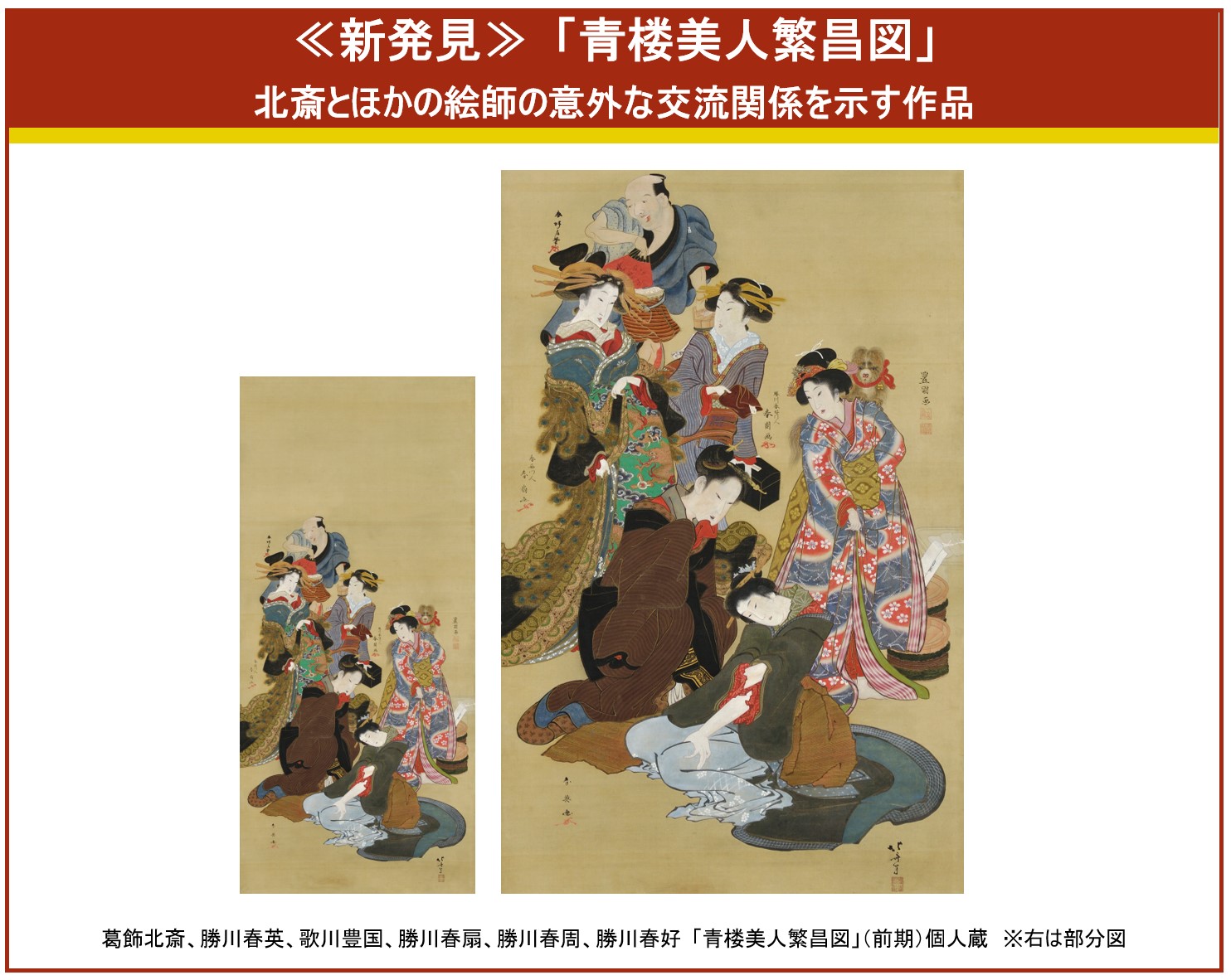
▲ ≪New discovery≫ Katsushika Hokusai, Katsukawa Haruhide, Utagawa Toyokuni, Katsukawa Haruogi, Katsukawa Harushu, Katsukawa Haruyoshi “Seiro Bijin Shigemasazu” (first half year) Private collection Katsushika Hokusai, Katsukawa Haruyoshi, Katsukawa Haruhide, etc. 4 Along with the famous Katsukawa school painters and Toyokuni Utagawa, this work depicts the women of Yukaku and the drummers, and shows the unexpected relationship between Hokusai and other painters.

▲ ≪New Discovery≫ Toyokuni Utagawa “Nine Change Figure Folding Screen of Nakamura Utaemon III” (first half year) Private collection A folding screen depicting the “change dance” by Utaemon III Nakamura on all sides. It is a work that shows the skill of handwriting.
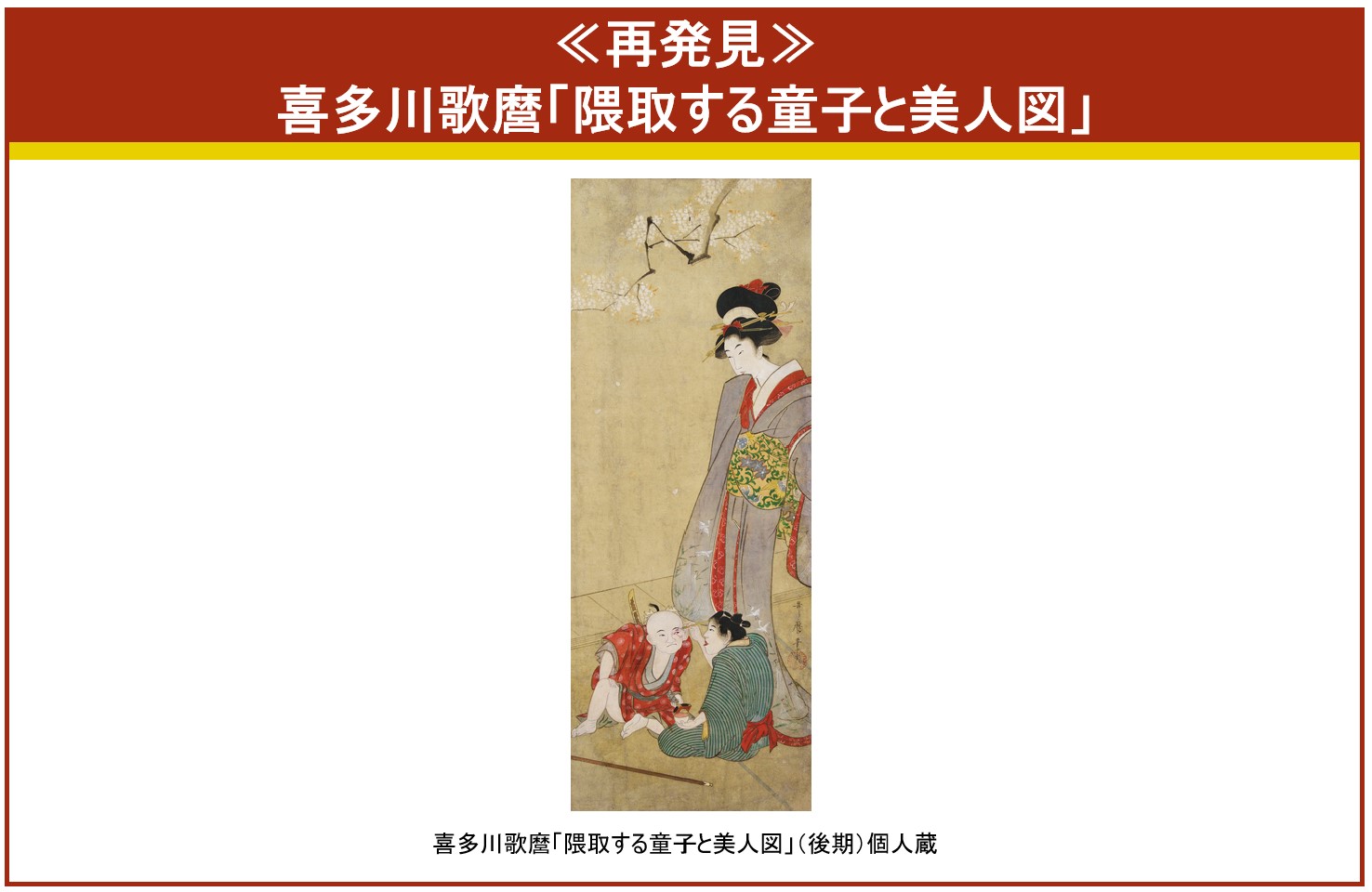
▲ ≪Rediscovery≫ Utamaro Kitagawa “Kumadori Doji and Bijinzu” (Late) Private collection Under the branches of cherry blossoms, children who take kumadori and a woman who looks at the scene with a smile are drawn.
■ Information on how to enter
In order to prevent the spread and spread of the new coronavirus infection and to allow everyone to appreciate it with peace of mind, we make the following requests. Please be sure to read this before visiting the museum and cooperate with us. Please note that we do not make reservations for admission on a specified date and time. Please come at your desired date and time. Please note that admission may be restricted if the number of people exceeds a certain number due to congestion in the museum, exhibition room, and museum shop.
The Sumida Hokusai Museum will continue to open as usual even during a state of emergency, in accordance with Sumida Ward’s policy.
* When entering the museum, please wear a mask and disinfect your fingers.
* Please refrain from visiting the museum from a distance, or if you have a fever or are in poor physical condition.
>Sumida Hokusai Museum Official Homepage “Request to Customers”
Sumida Hokusai Museum
| Opening hours: |
9: 30-17: 30 (admission until 17:00) |
| Closed days: |
Every Monday (or the next weekday if Monday is a holiday or a holiday),
Year-end and New Year holidays (December 29-January 1) |
| Location: |
2-7-2 Kamezawa, Sumida-ku, Tokyo 130-0014 |
| Contact: |
03-6658-8936 (9: 30-17: 30 * excluding closed days) |
| Access: |
5 minutes walk from Exit A3 of “Ryogoku Station” on the Toei Oedo Line
9 minutes walk from the east exit of “Ryogoku Station” on the JR Sobu Line
5 minutes by circular bus in Sumida Ward from the north exit of “Kinshicho Station” on the JR Sobu Line |
>Official site
>Twitter
>Facebook
>YouTube
* When visiting the museum, please check the latest opening schedule on the museum’s official website.
